Yesterday we celebrated the sixth World IA Day around the world. This one-day event was organized by the Information Architecture Institute and executed by local teams in fifty-six locations in five continents. I was honored to be asked to participate in the local event in Tampa, Florida.
I’d visited the Tampa/St. Petersburg metroplex before, but most of these visits had centered on Busch Gardens’s (amazing) roller coasters. This was my first time downtown, and I was delighted by it. While Tampa is an automobile-centric city, downtown is pedestrian-friendly: it features large sidewalks, good crossing signals, and lots of public spaces with shade. Buildings are a mix of new offices and structures of historical importance, mostly from the 1920s-1960s. Many meet the street with human-scaled open spaces that encourage strolling and lounging.
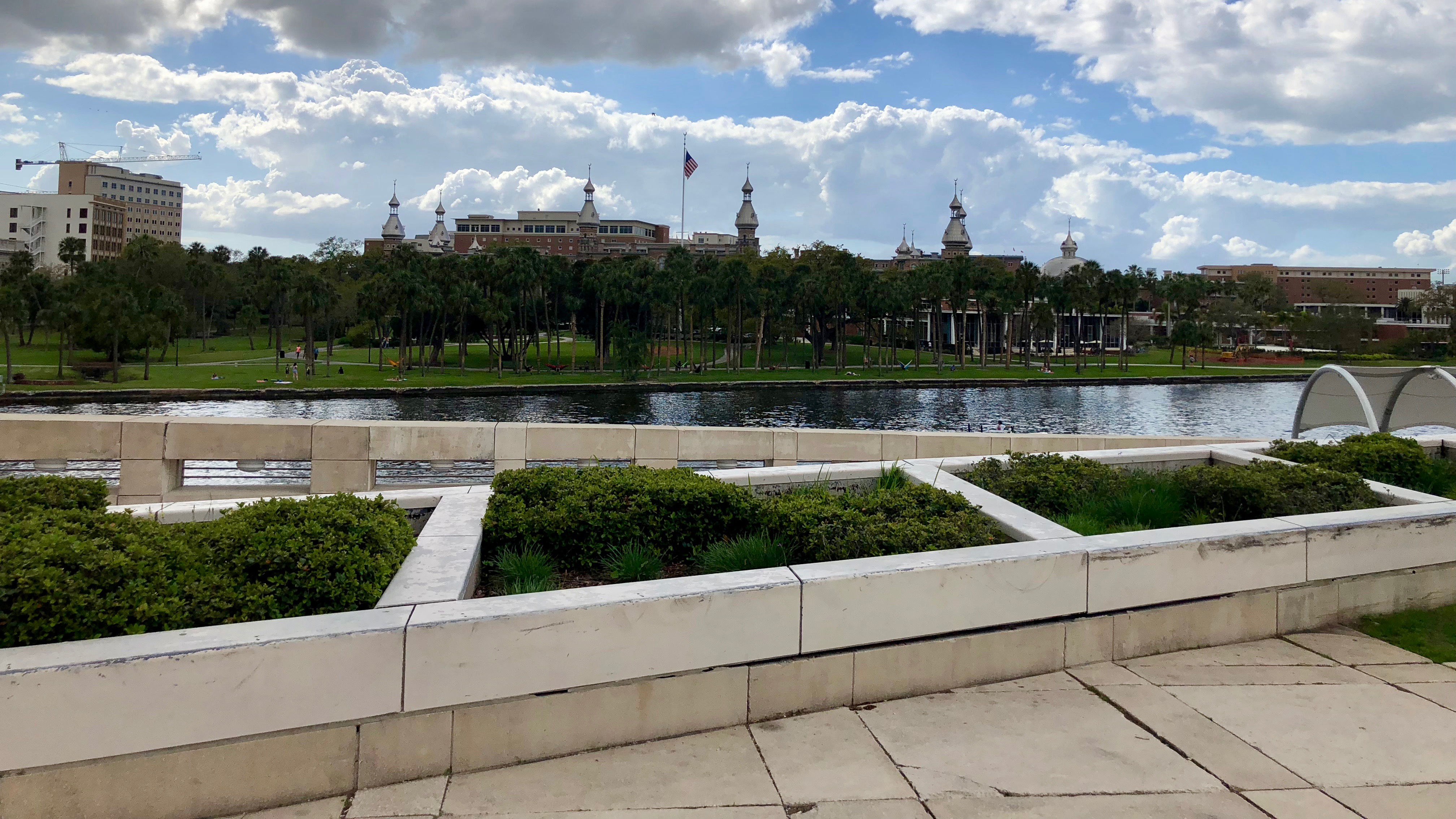
Minarets of the University of Tampa, seen from Kiley Gardens.
Tampanians are (rightly) proud of their city and its history, which (as with so many other cities in the Southern U.S.) revolves around the struggle for civil rights. I know all this because part of the event’s program included a two-hour walking tour of downtown led by Beth Galambos and Carlisle Stoup. The tour was documented in an extraordinary book produced by the WIAD Tampa Bay team that presents historical highlights of some of Tampa’s most important buildings (both present and gone.)
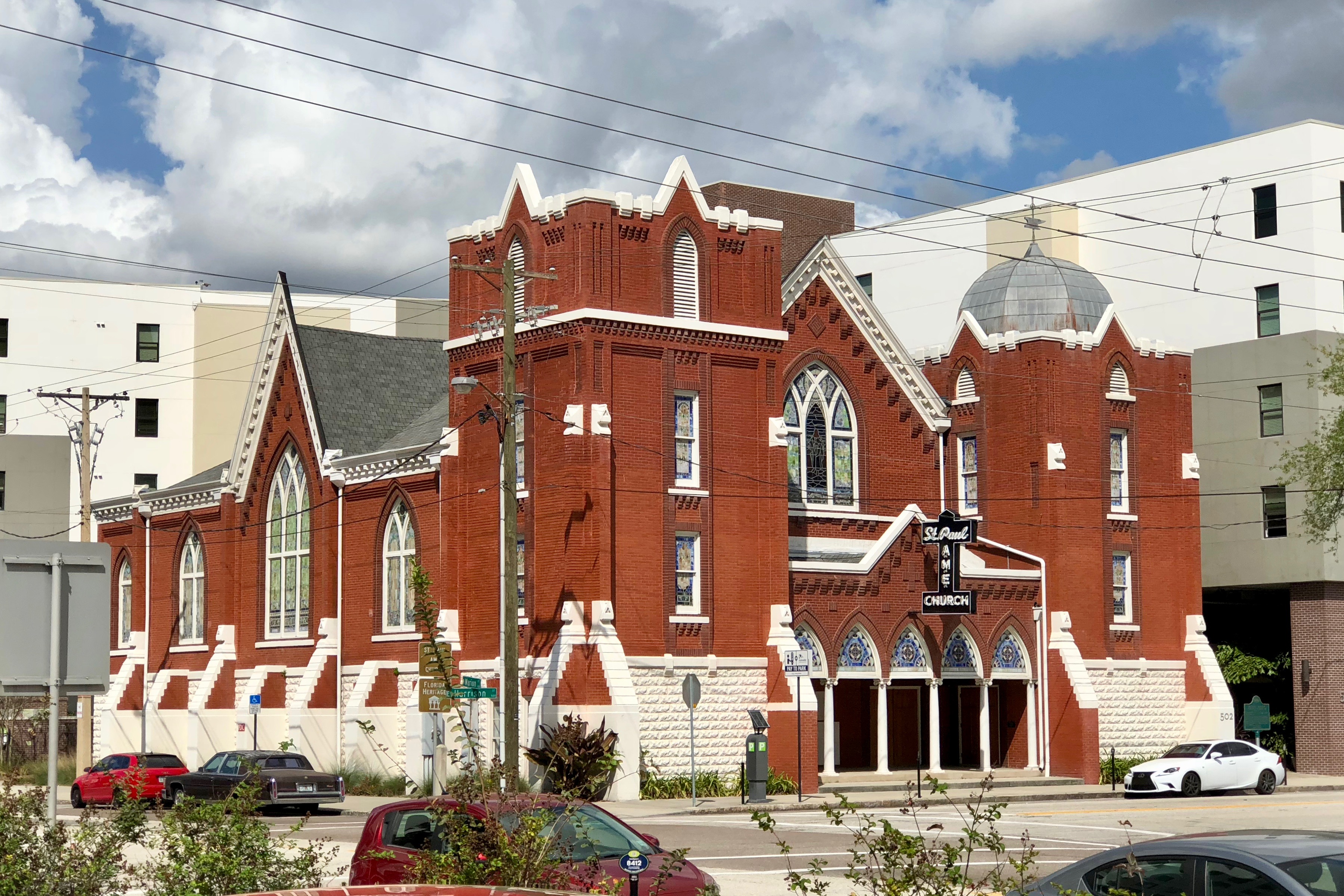
St. Paul A.M.E. Church, a locus of the civil rights movement in Tampa.
One of these buildings was the venue for the event itself, the auditorium at the John F. Germany Public Library. The auditorium is an endearing 1960s egg-shaped structure nestled on a terrace between the two blocks of the library’s main buildings.
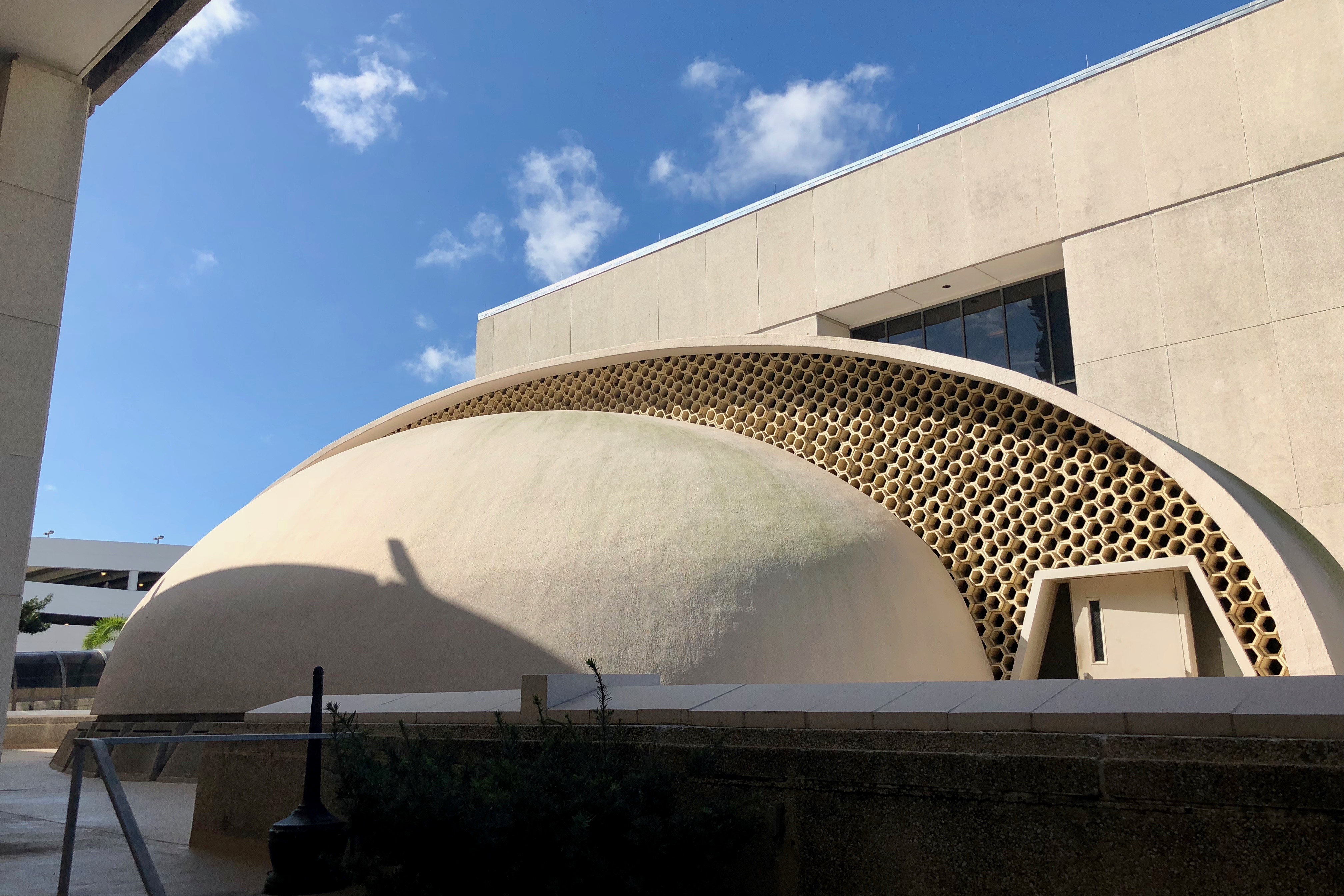
The auditorium at the John F. Germany Public Library.
My friend Dan Klyn and I had the privilege of delivering opening and closing keynotes respectively. We also shared the stage with one of the auditorium’s designers, the architect Gus Paras, for a short lunchtime panel about people’s relationship with our environments, natural and artificial. That conversation and the keynotes balanced out the program.
But the focus was on Tampa itself as a built environment, and how that environment has changed over time. Some buildings have been chosen for preservation, while the fate of others has been left to market forces. Few serve their original purposes. (Even some that are barely fifty years old.) All are evolving in various ways.
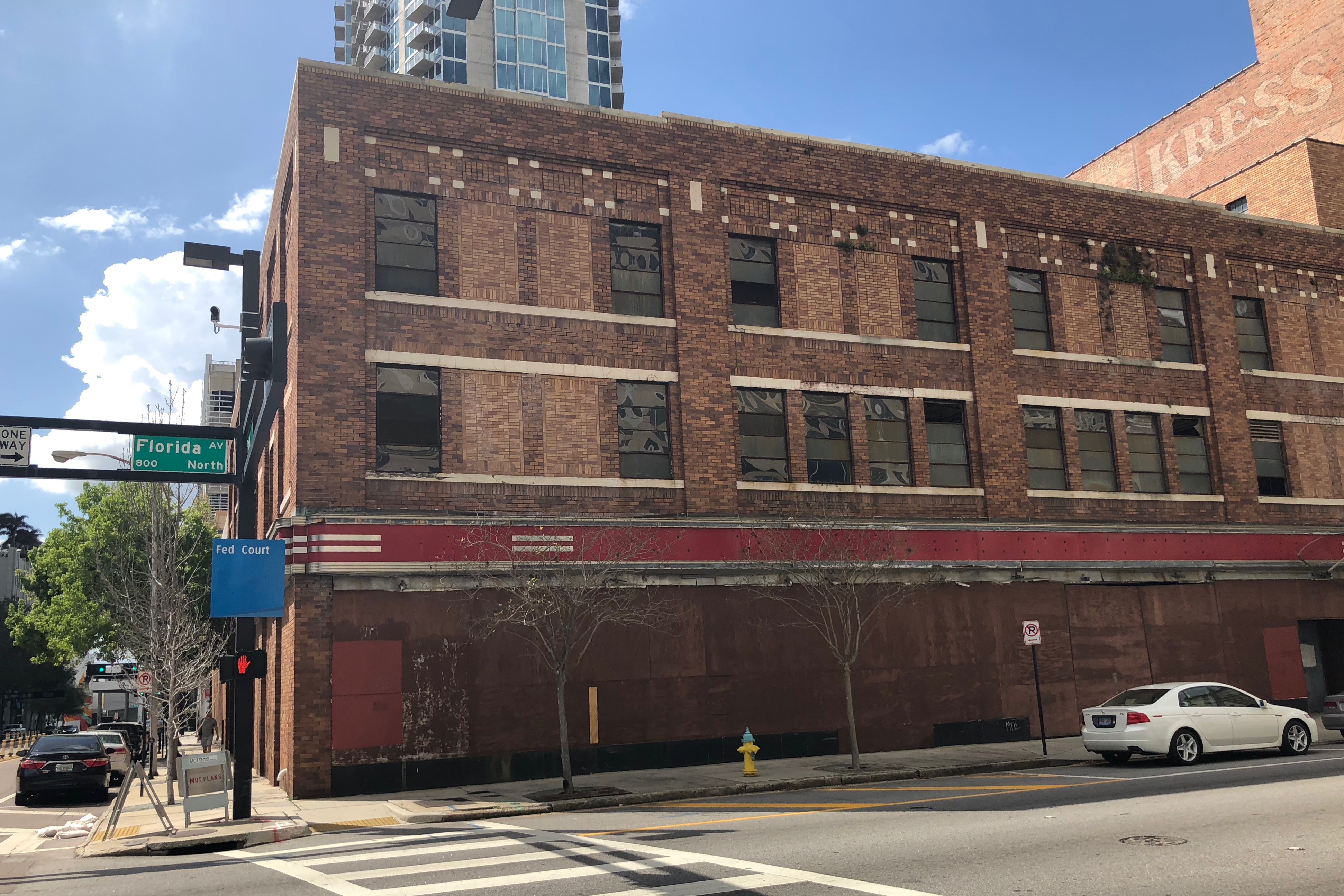
Site of a former Woolworth’s store where lunch counter sit-ins in the 1960s ushered a new era of race relations in Tampa. The building is currently being renovated.
The library itself is one of these changing environments: a condominium is set to replace the annex, one of the two blocks that nestles the auditorium. A library director explained that a growing percentage of their collection is becoming digital, so they’re re-considering how they use their physical environment. This was a good reminder that as we de-materialize — move key social interactions from physical environments to information environments — we must be mindful of the impact of that move on both types of environments.
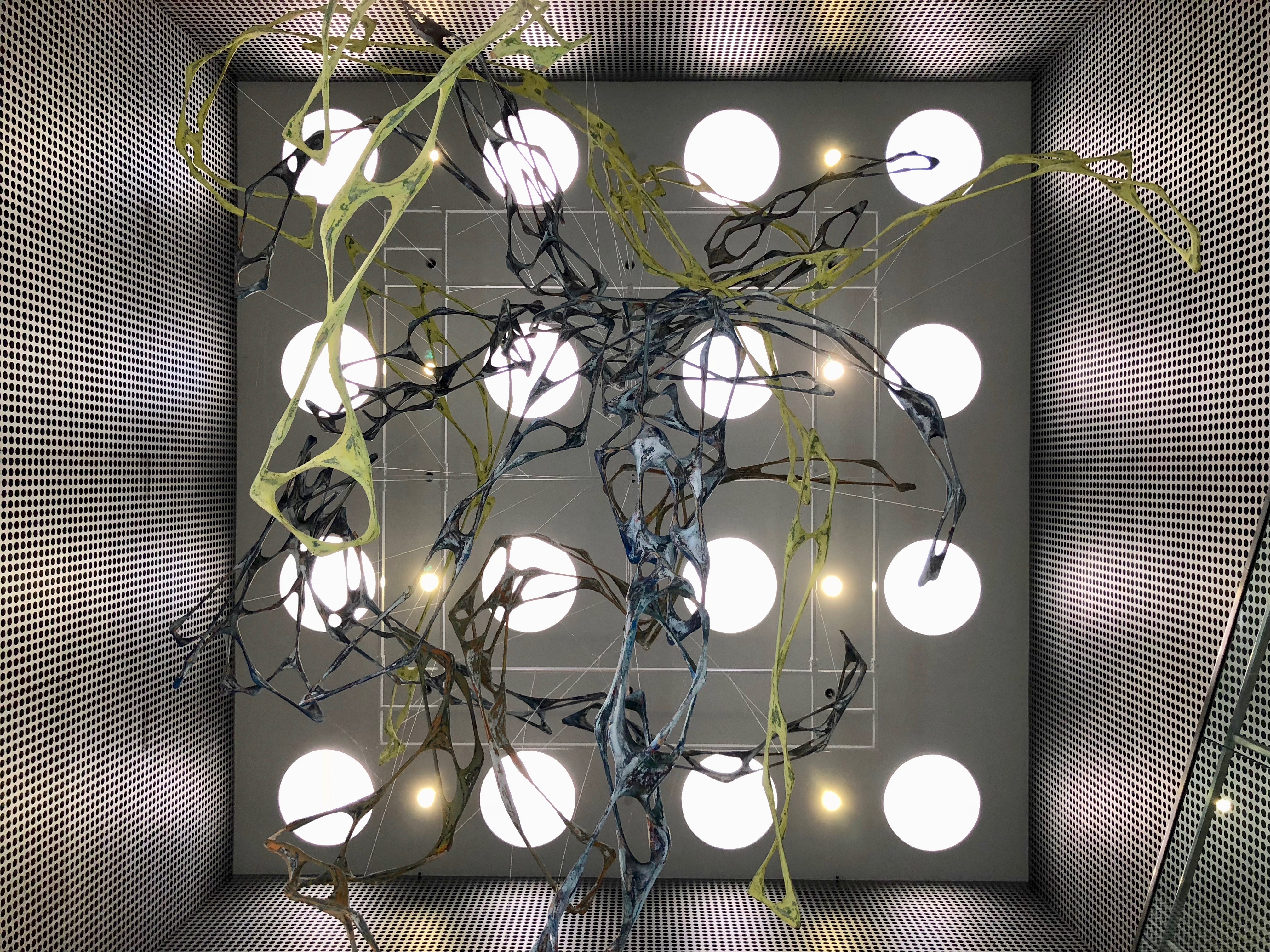
Lobby sculpture at the Tampa Museum of Art.
The global theme for WIAD this year was “IA for Good.” The Tampa team’s focus on their city’s physical environment was a brilliant way of engaging a broad range of people in the conversation; I had the opportunity to meet not just designers, researchers, and implementers, but also interested citizens. What more “good” than that? Kudos to the Tampa Bay team and especially to organizer Amy Espinosa who did a fantastic job of bringing everyone together around a singular vision, and then executing it.